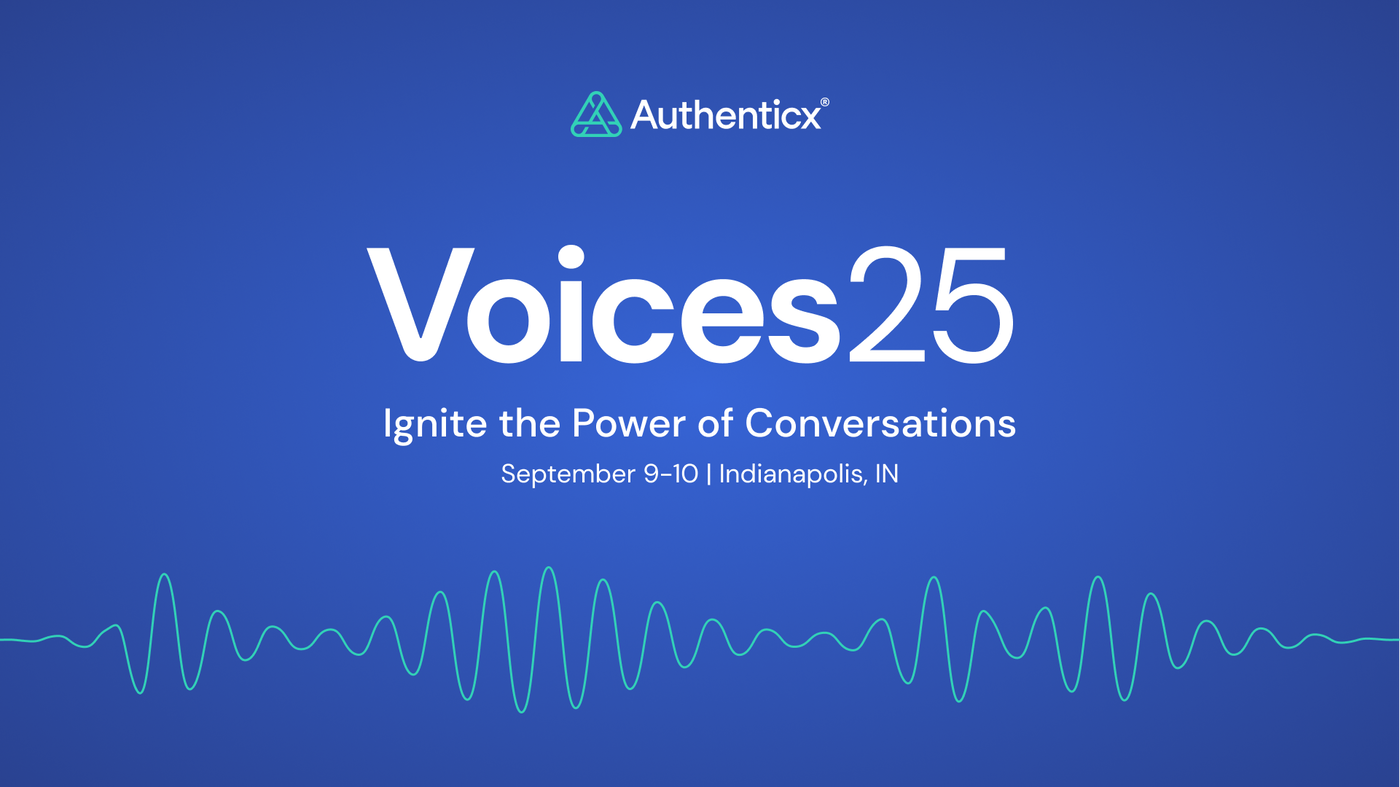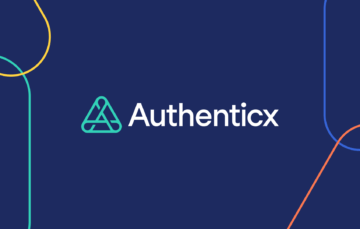
Net Promoter Score, or NPS, provides feedback. It has been a longstanding metric for healthcare businesses to measure performance and perception simply. It has dominated the industry because it served its purpose well for decades. Although used across numerous industries, healthcare has relied on metrics such as NPS to gain an overall perception of how their customers, patients, or employees feel about their services, attribute the performance of call center agents, manage the communication across departments, or even get a loyalty snapshot of a particular medication.
But as the need to become more customer and patient-centric grows, it has become apparent that NPS has not innovated alongside healthcare’s determination to improve CX. NPS is limited by the contextual ability to access customer behavior outcomes and predict the industry impact within an organization’s customer experience. Without the intention to act, NPS surveys lead to resolution inefficiency, stagnant business practices, and disruptions of the opportunity to impact the customer journey.
Net Promoter Score (NPS) is a customer satisfaction metric that measures the overall sentiment of a brand (brand loyalty via the likelihood of a customer-to-customer recommendation). It is usually captured in one-question surveys, which provide segmented ranges (i.e., Likert scale) that signal detractors (negative), passives (neutral), and promoters (positive) in the surveyed customer population.
What is NPS?
Net Protomer Score was crafted by Bain & Company to solve a singular problem facing the industry or specific company. NPS measures customer loyalty and customer satisfaction regarding the subject questioned from the survey. This survey was prompted by one question to capture how the customer (or responding survey population) views the brand on whether they’d recommend a product/service. Results from this metric are returned in a form similar to the Likert scale’s segmented response range:
- Negative (detractors)
- Neutral (passives)
- Positive (promoters)
NPS is calculated with a simple formula, as described by HubSpot: NPS = % promoters – % detractors
In many cases, NPS is deployed after a healthcare interaction has occurred, all asked in the form of whether or not the customer would recommend the product/service. These can look like the following examples:
- After a prescription refill, the pharmacy sends a survey asking you to refer to the overall quality of the length of time it took to receive your prescription.
- After calling a contact center to ask about your Medicare Part B plan, you receive an email asking you to review the overall agent performance.
- After visiting your dentist, your insurance provider messages you to learn how simple the overall process was to use your in-network benefits during the visit.
NPS in healthcare provides a snapshot of customer satisfaction metrics for the organization or company to have a pulse on what customers value and where improvements could be made. However, there are ways that NPS limits and even stunts impactful action on the actual customer experience. These include the number of metrics (one question = one metric), the respondent ratio, the brevity of choice vs. reason, and the influence of outside factors (such as accessibility and other social determinants of health).
Limitations of NPS
The use of NPS in healthcare limits the vision of the business from the voice of the customer. For instance, if NPS was used to measure the sentiment of health insurance customers about the number of available options, responses might be an average score of seven (7), or passive. Not only is the health insurer unsure of how customers feel without explanation, but they also can’t pinpoint the gap in the customer experience to further question.
Responding customers are often the customers who are either disappointed with the service/product or delighted with the service/product. This could lead to considerably varied survey answers with potential extremes of customer experience performance. Nonetheless, some survey respondents could feel required to answer the question and respond less diligently than other types of feedback. By asking a single question about a particular experience, the response might be quicker – but the drawback is highlighted by the ease of giving less thought and less detail to a survey question companies use to gauge the important metric of customer sentiment.
If customers were given the opportunity to provide more background information and reasons behind the ratings, the likely responses will be diverse, intentional, and representative of the entire population using the specific product or service. The cost of inaction in listening to the customer is highlighted by the gaps created from NPS lacking details of background information, a need for cross-departmental support, and insights that ignite revolving, solution-based approaches.
To better understand how customer satisfaction metrics could improve, it is best practice to utilize all the customer feedback available – a combination of surveys and data captured during conversations with the company.

Go Beyond the Metrics
To impact customer experience (and overall customer satisfaction), it is best to simply listen and open the door to raw, unsolicited feedback. This is achieved by listening at scale with conversational data, lifting the voice of the customer with data-backed storytelling, and leveraging innovative technologies like conversational intelligence and AI.
Ask these four (4) questions to go beyond the metrics:
- In your meetings, what is the ratio of time and energy spent discussing CX metrics vs. discussing evidence of both barriers and successes experienced by your customers?
- Do you have a consistent and frequent listening program that ensures you receive input from a representative sample of your entire customer population (not just those who write reviews or respond to surveys?)
- Does your current customer experience program regularly inform your company’s growth, profitability, or innovation strategies?
- Do you and your colleagues feel inspired by and connected to your customers, or do you feel governed by internal metrics?
We believe most organizations will not have met more than one (1) of these questions. Do the costs associated with the remaining, unanswered questions outweigh the risk of issues of patient access, patient adherence, or continued complexities in healthcare? How can healthcare implement the range of services, support, and actions outlined in the list of questions? Consider adopting customer-centric innovation with CX tools such as listening at scale, data-backed storytelling, and conversational intelligence.
Listening at scale provides support to allow for quicker and more relevant decision-making (with both quantitative and qualitative insights) and to best allocate resources to serve customer needs. The impact of listening at scale in healthcare is uncovered in the amplification of the voice of the customer – find what is working well, the pain points, and improvement opportunities. This capitalizes on existing, unsolicited feedback to enhance data sets with inclusion and strategy – something that NPS cannot support nor evaluate with the customer voice as the epicenter of action.
Data-backed storytelling combines quantitative and qualitative data to provide meaning to the feedback customers provide. The impact of data storytelling in healthcare is found in the conversation’s context, the comprehension of what customers are saying, and the connection to the customer. Whereas NPS relies on a single question from limited respondents to find a singular satisfaction claim, storytelling amplifies key points in the customer experience that are trackable and coincide directly with business outcomes.
Conversational intelligence leverages unstructured data sources to answer questions, provide quality service, and enhance customer support. The impact of conversational intelligence in healthcare is found in using these tools to build personalized, adaptable, and data-driven solutions to grow the untapped potential to impact the customer journey. Scale, monitor, and automate healthcare experiences to simplify evaluations, determine sentiment and meaning to drive action, and predict outcomes to analyze intent for future trends.
How Authenticx Helps
NPS metrics only go so far into understanding the customer. Move beyond survey-led insights, like NPS, to unlock strategic business decisions (micro and macro) by listening at scale, using data-backed storytelling, and gaining actionable insights from conversational intelligence. Authenticx leverages these three (3) components to capture all customer conversations in one platform through intelligent, immersive, and personalized insights.
Authenticx can work alongside your telephony system to dive into barriers, disruptions, and even successes directly from the words of your customers. By aggregating unsolicited feedback and analyzing customer data, Authenticx supports the activation of insights to improve the healthcare customer experience. Our platform features include:
- Speech Analyticx – summarizes themes and trends across all interactions
- Smart Predict – uses machine learning to help evaluate conversations and improve QA efficiencies
- Smart Sample – analyzes specific, targeted topics derived from collected interactions
- Montage Builder – allows audio samples to be edited, clipped, and shared to create empathy at scale
- Eddy Effect Dashboard – tracks impactful metrics across the organization to eliminate waste and improve customer outcomes in one convenient place
Other key solutions include Authenticx autoscoring and our quality module. As the only AI-powered interaction evaluation tool designed specifically for healthcare, Authenticx autoscoring audits interactions using industry-specific criteria and evaluations (such as rules-based classifiers). The quality module identifies barriers that are impacting agent performance while monitoring quality metrics with both AI and human evaluation to scale and gain visibility into how agents and vendors are upholding brand standards (brand awareness, brand perception, and brand reputation).
There is a cost of lagging indicators. There is a cost to inaction. There is a cost to inefficiency. In healthcare, these costs are compounded and increase the risk of sensitive, personal, and complex problems. Authenticx works alongside key markets in the healthcare industry, such as life sciences/pharmaceuticals, payers, and providers. So, before sending NPS surveys, think about the end goal:
- What are we gaining?
- How can this information alter decision-making?
- How is this truly helping current and future customer experiences?
NPS isn’t a strategy – it is a single metric. The voice of the customer is the narrative of the brand – tell the right story.

About Authenticx
Authenticx was founded to analyze and activate customer interaction data at scale. Why? We wanted to reveal transformational opportunities in healthcare. We are on a mission to help humans understand humans. With a combined 100+ years of leadership experience in pharma, payer, and healthcare organizations, we know first-hand the challenges and opportunities that our clients face because we’ve been in your shoes.
Want to learn more? Contact us!
Or connect with us on social! LinkedIn | Facebook | Twitter | Instagram | YouTube


